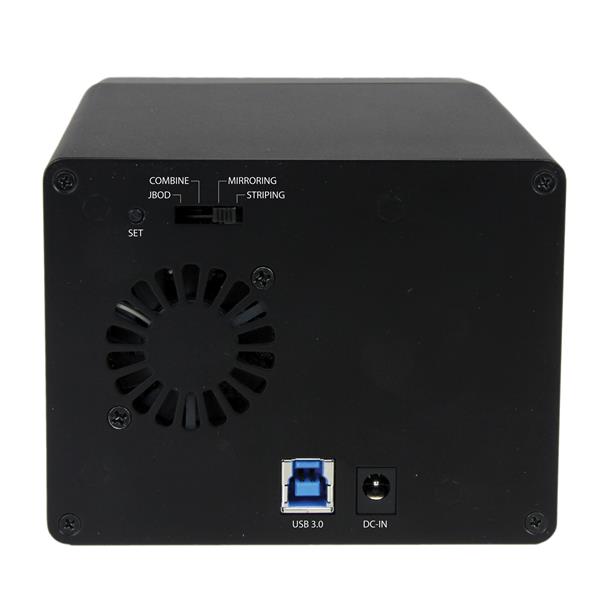Drivers Usb free download - Drivers For Free, CopyTrans Drivers Installer, Adaptec ASPI Drivers, and many more programs. To update, right click on the USB device and select Update Driver Software. From the next window, click on Search automatically for updated driver software if you want to let the Windows search it for you. On the contrary, if you have USB drivers saved on your hard drive, click on the second option and browse the drivers. Xiaomi USB Drivers allow you to connect your Phone to a PC, whether it’s a smartphone or a tablet so that the computer can easily recognize the device via the USB port. In this article, We will publish links for Xiaomi Redmi 7A USB Driver to transfer files from Your Phone to your computer or you will be able to update your Xiaomi to latest. The USB device appears in the desktop. A USB device might take up to 20 seconds to appear in the desktop. The first time you connect the device to the desktop you might be prompted to install drivers. If the USB device does not appear in the desktop after several minutes, disconnect and reconnect the device to the client computer. Having an issue with your display, audio, or touchpad? Whether you're working on an Alienware, Inspiron, Latitude, or other Dell product, driver updates keep your device running at top performance. Step 1: Identify your product above. Step 2: Run the detect drivers scan to see available updates. Step 3: Choose which driver updates to install.
Note: This document was previously titled Working With USB Device Interfaces.
The I/O Kit provides a device interface mechanism that allows applications to communicate with and control hardware from outside the kernel. This document focuses on how to use that mechanism to create an application that detects the attachment of a USB device, communicates with it, and detects its detachment.
This document does not describe how to develop an in-kernel driver for a USB modem or networking device. If you need to do this, refer to the documentation and sample code listed in See Also.

Important: If your application is sandboxed, it must request the com.apple.security.device.usb entitlement in order to access USB devices.
Organization of This Document
This document contains the following chapters:
USB Device Overview provides an overview of USB device architecture and terminology and describes how USB devices are represented in OS X.
Working With USB Device Interfaces describes how to use the device interface mechanism to create a command-line tool that accesses a USB device.
Document Revision History lists the revisions of this document.
See Also
The ADC Reference Library contains several documents on device driver development for OS X and numerous sample drivers and applications.
Accessing Hardware From Applications describes various ways to access devices from outside the kernel, including the device interface mechanism provided by the I/O Kit. For an overview of the I/O Kit terms and concepts used in this document, read the chapter Device Access and the I/O Kit.
I/O Kit Framework Reference contains API reference for I/O Kit methods and functions and for specific device families.
Sample Code > Hardware & Drivers > USB includes both application-level and in-kernel code samples. Of particular relevance to this document is the application-level sample USBPrivateDataSample.
OS X Man Pages provides access to existing reference documentation for BSD and POSIX functions and tools in a convenient HTML format.
The usb mailing list provides a forum for discussing technical issues relating to USB devices in OS X.
If you need to develop an in-kernel driver for a USB modem or networking device, refer to the following:
IOKit Fundamentals describes the architecture of the I/O Kit, the object-oriented framework for developing OS X device drivers.
ADC members can view the AppleUSBCDCDriver project in the source code for OS X v10.3.7 and later, available at Darwin Releases. To find the source code, select a version of OS X equal to or greater than v10.3.7 and click Source (choose the source for the PPC version, if there's a choice). This displays a new page, which lists the open source projects available for the version of OS X you've chosen. Scroll down to AppleUSBCDCDriver and click it to view the source. Be prepared to supply your ADC member name and password.
Additional code samples that demonstrate specific in-kernel driver programming techniques are included as part of the OS X Developer Tools installation package in
/Developer/Examples/Kernel/IOKit/usb.
Drivers Microcomputer Applications Usb Devices Windows 10
If you're ready to create a universal binary version of your USB device-access application to run in an Intel-based Macintosh, see Universal Binary Programming Guidelines, Second Edition. The Universal Binary Programming Guidelines describes the differences between the Intel and PowerPC architectures and provides tips for developing a universal binary.
If you are working with a device that complies with the USB mass storage specification but declares its device class to be vendor specific, see Mass Storage Device Driver Programming Guide for information on how to ensure the correct built-in driver loads for the device.
Apple provides additional USB information (including the OS X USB Debug Kits) at http://developer.apple.com/hardwaredrivers/usb/index.html.
A detailed description of the USB device specification is beyond the scope of this document—for more information, see Universal Serial Bus Specification Revision 2.0 available at http://www.usb.org.
Drivers Microcomputer Applications Usb Devices Download
Copyright © 2002, 2012 Apple Inc. All Rights Reserved. Terms of Use | Privacy Policy | Updated: 2012-01-09




